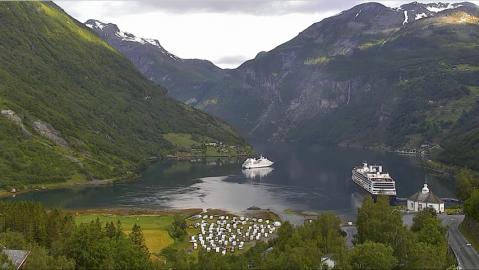The Hanseatic League was a commercial and defensive confederation of merchant guilds and market towns in Northwestern and Central Europe. Growing from a few North German towns in the late 1100s, the league came to dominate Baltic maritime trade for three centuries along the coasts of Northern Europe. Hansa territories stretched from the Baltic to the North Sea and inland during the Late Middle Ages, and diminished slowly after 1450.
Hanse is the Old High German word for a band or troop. This word was applied to bands of merchants traveling between the Hanseatic cities — whether by land or by sea. Hanse in Middle Low German came to mean a society of merchants or a trader guild.
Merchant circles established the league to protect the guilds' economic interests and diplomatic privileges in their affiliated cities and countries, as well as along the trade routes which the merchants used. The Hanseatic cities had their own legal system and operated their own armies for mutual protection and aid. Despite this, the organization was not a state, nor could it be called a confederation of city-states; only a very small number of the cities within the league enjoyed autonomy and liberties comparable to those of a free imperial city.
Hanse is the Old High German word for a band or troop. This word was applied to bands of merchants traveling between the Hanseatic cities — whether by land or by sea. Hanse in Middle Low German came to mean a society of merchants or a trader guild.
Merchant circles established the league to protect the guilds' economic interests and diplomatic privileges in their affiliated cities and countries, as well as along the trade routes which the merchants used. The Hanseatic cities had their own legal system and operated their own armies for mutual protection and aid. Despite this, the organization was not a state, nor could it be called a confederation of city-states; only a very small number of the cities within the league enjoyed autonomy and liberties comparable to those of a free imperial city.
- Category
- GOTLAND
Commenting disabled.






